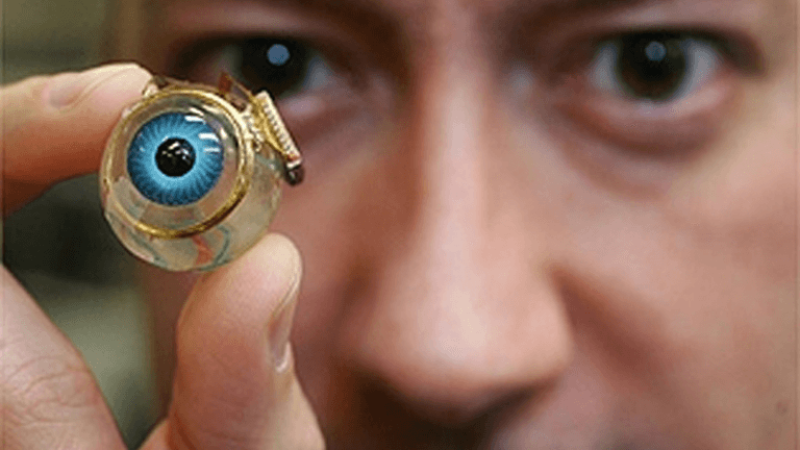In the 1970s, [biomedical engineer William] Dobelle had shown that electrically stimulating visual brain areas (the visual cortex) caused people to perceive spots of light, or “phosphenes.”
The engineer’s goal was to develop a “bionic eye.” The apparatus would consist of a head-mounted camera that feeds video to a computer processor, which would then send electrical signals to electrodes implanted in the visual cortex, generating visual perceptions.
…
A more sophisticated version that moves the technology closer to routine practical use in people has now been built and tested in monkeys.
A team led by neuroscientist Pieter Roelfsema, of the Netherlands Institute for Neuroscience, has demonstrated perception of position, orientation, motion, and letter shapes, in two sighted monkeys. The study, published December 3 in Science “is a technical tour de force,” says neurosurgeon Daniel Yoshor, who was not involved but co-wrote an accompanying commentary.
The device needs further development before it is ready for use in humans, but the work brings nearer the dream of restoring vision to people who have none. The approach is the only possible treatment for people without functioning cells in the eye—a group that includes some glaucoma and diabetes patients and those who have experienced a physical trauma.































